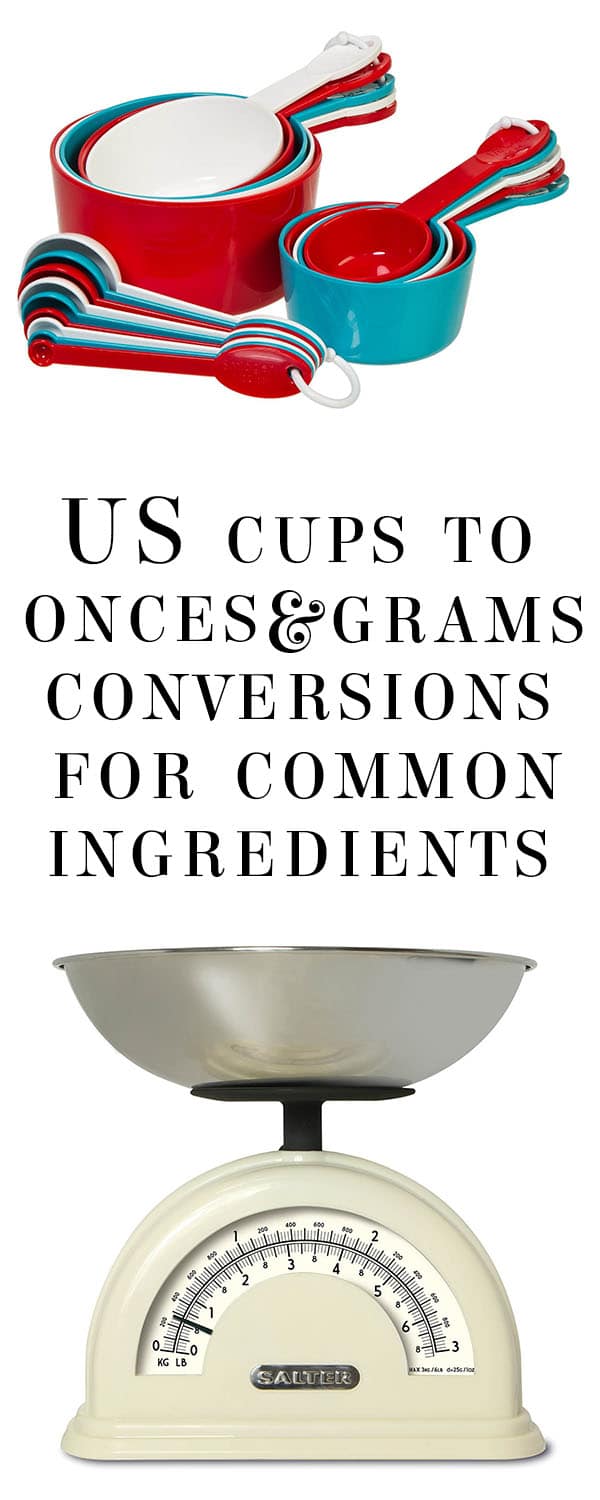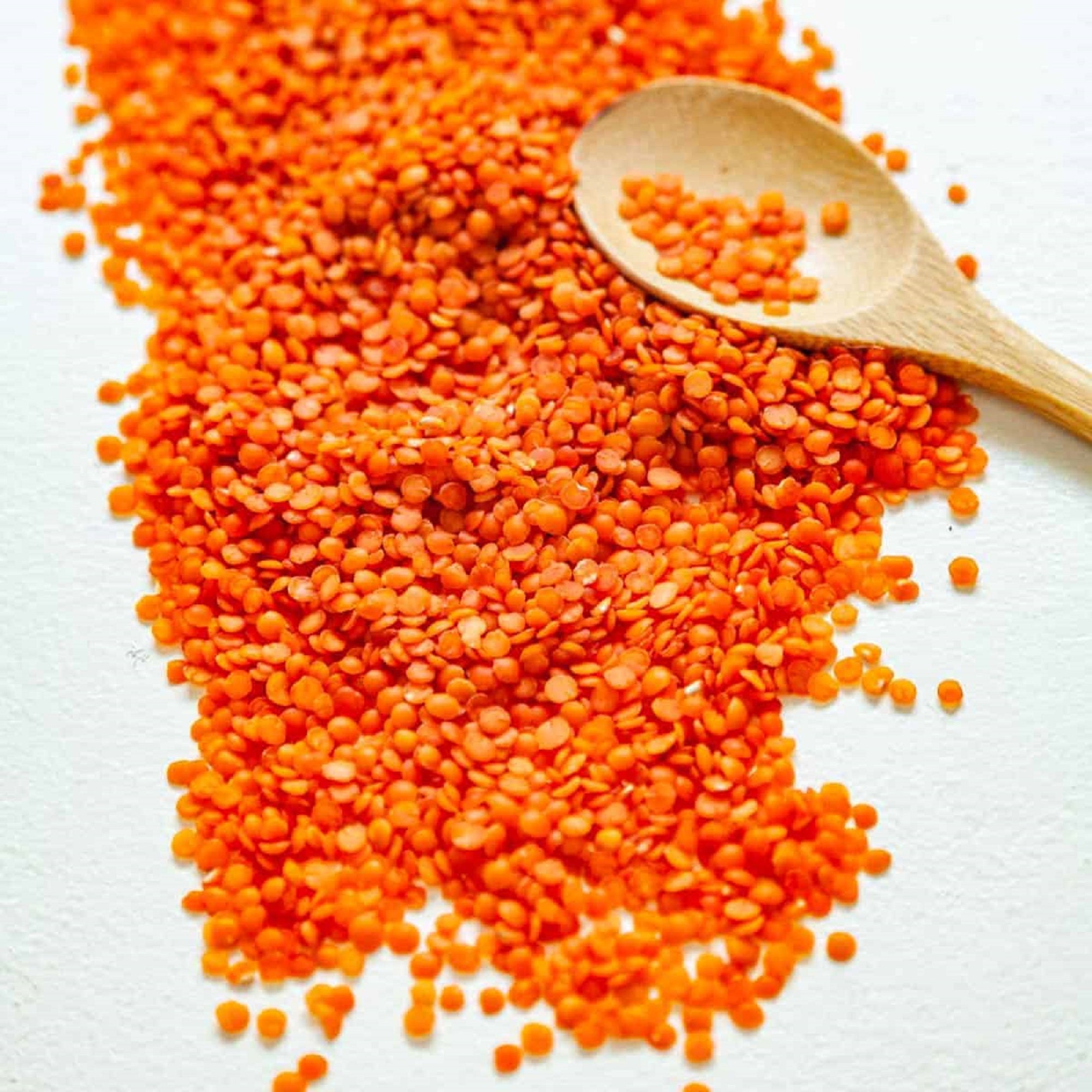

We can surmise that, although lentil protein is theoretically a complete protein, in practice it is deficient in the essential amino acid methionine.įor a recent epidemiological study, researchers analyzed the diets of more than 3,000 subjects and concluded that older adults at risk for cardiovascular disease who frequently consumed legumes, particularly lentils, as part of a Mediterranean diet may be at lower risk for type 2 diabetes. Also, less than 50% of the methionine in lentils is actually absorbed by the body. Notice how the methionine content of lentil protein is quite low relative to EAA requirements. It shows the profile of the EAAs in lentils compared to your daily EAA requirements. A complete protein contains all nine EAAs. Now, lentils are indeed a good source of EAAs, but there is debate as to whether lentils are a complete protein.

We’ll be referring to essential amino acids as EAAs. There are two general types of dietary amino acids: those that can be produced in the body (called nonessential amino acids) and those that must be obtained through the diet (the essential amino acids). Proteins in the body are composed of 20 different amino acids hooked together in a specific sequence and amount. So let's find out: do lentils contain all nine essential amino acids or are they an incomplete protein source? Are Lentils a Complete Protein? Today’s discussion, however, centers on lentils as a plant protein. Lentils are also high in iron, folate, and fiber (both soluble and insoluble). One cup of lentils (about 200 grams) contains approximately 230 calories of carbohydrate and 18 grams of protein. Lentils are an excellent source of protein for meat eaters, vegans, and vegetarians alike. But how complete is lentil nutrition, especially when it comes to its protein content? Let’s find out! Lentil Nutrition They’re inexpensive and can be stored for a long time without refrigeration, two benefits that have made lentils a diet staple of many cultures around the world, and a go-to protein source of the vegan diet. Green lentils add a peppery punch to salads and red lentils provide a hearty bed for baked salmon or roasted chicken. These edible pulses come in many colors and sizes. Lentils are legumes-cousin to foods such as beans, peanuts, and peas.


 0 kommentar(er)
0 kommentar(er)
